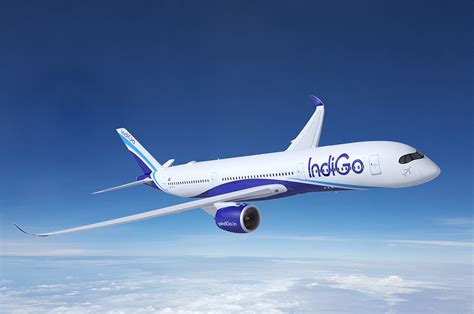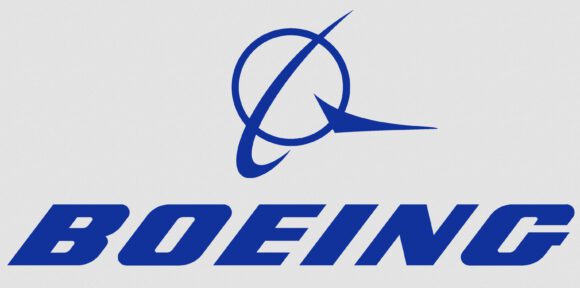The race between the CFM LEAP and Pratt & Whitney GTF remains intense. They battle each other for every order on the Airbus single-aisle fleet. The A320neo program has had engine hiccups as the OEM has managed to produce aircraft faster than it can get engines. Images like this (and this) are all around Toulouse airport. Is this bad news? Well, yes, but it is a testimony to the fact the A320neo program has far more successful than Airbus imagined. We would think even John Leahy was taken aback. The engine makers were probably equally surprised and delighted.
Here is our video from April 2011 when Mr. Leahy announced the A320neo family. It is 44 minutes of Mr. Leahy at his best.
The engine battle between CFM and Pratt goes back all the way to the start of the A320 program. Pratt’s initial offering was the IAE engine, a collaboration with Rolls-Royce. Even the GTF on the neo today is referred to as an IAE engine. The table shows how the engine battle goes.
On the current engine program for the A320, the CFM has a commanding lead. It also is well ahead on the A320neo – but nearly half the orders have no engine selected yet. Pratt has seen some defections from their GTF to the LEAP at Royal Brunei and Qatar. One might think that Pratt faces a steep climb. But as it works through the GTF teething problems, the performance of the engine has generated very good numbers. Pratt has a strong lead on the A321ceo and it has the lead on the A321neo.
As we stated at the start, every deal will be a fight. Because the GTF has had teething trouble, CFM has a temporary advantage it can exploit. But as the GTF settles (and it will) the engine war will continue. Buyers of the A320neo can use this battle to drive engine deals that they won’t find on other narrow-body programs. While a disadvantage to engine manufacturers, who are competing more aggressively, this helps Airbus maintain a market share advantage over Boeing’s competing 737 MAX.
The Bottom Line: Competition is good, and makes everybody better.
Views: 1





